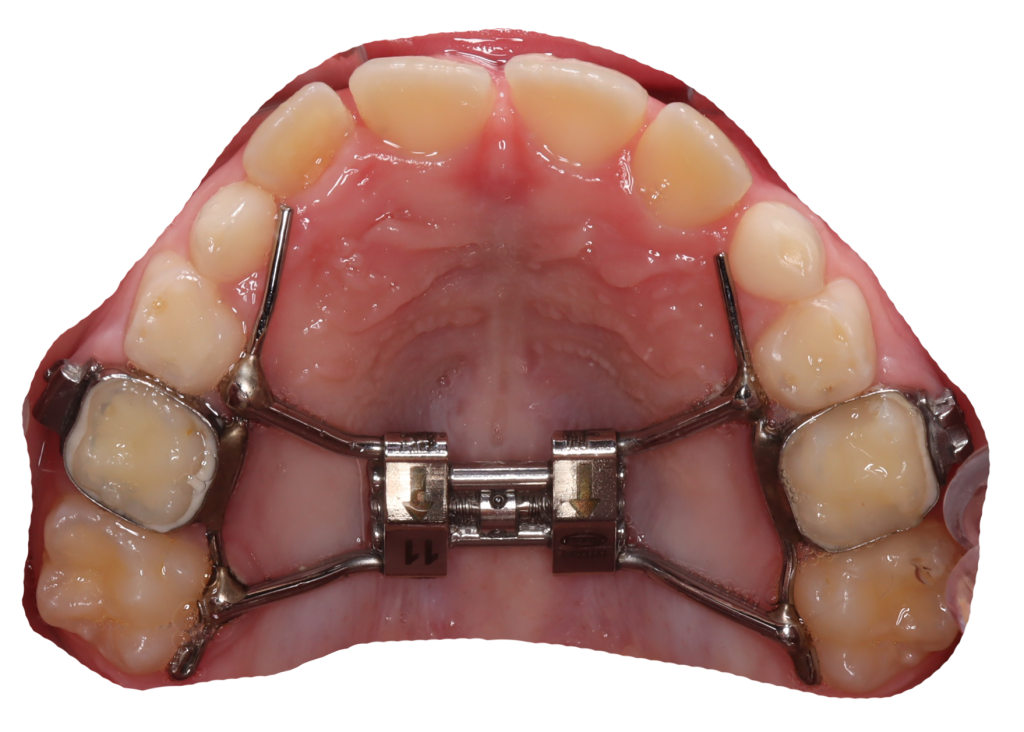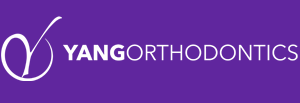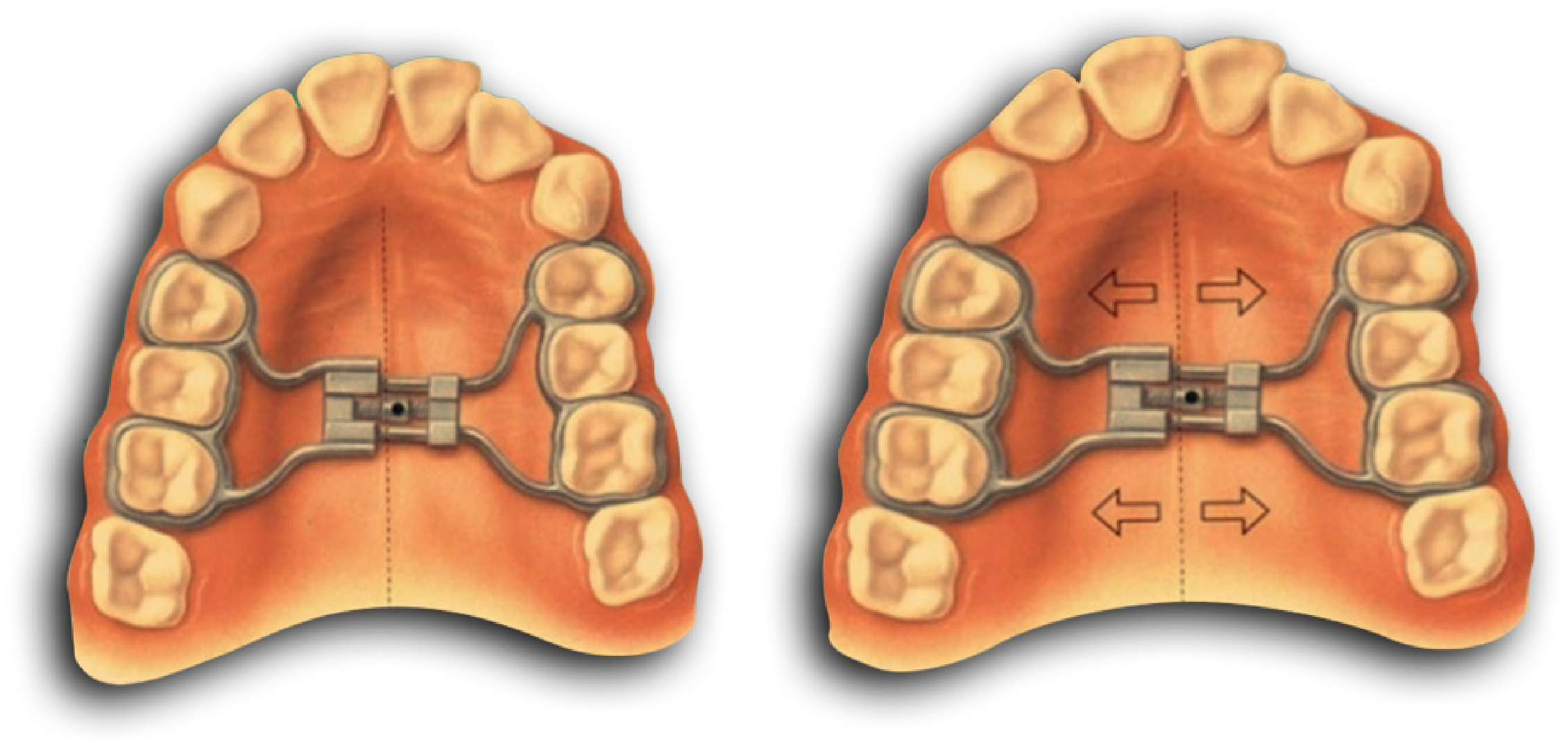Rapid Palatal Expansion (RPE) is a type of orthodontic treatment used to increase the width of the upper jaw. This procedure enlarges the dental arch and provides more room for tooth growth.
Palatal expanders offer many advantages for children, such as:
Crossbite correction. Ideally, the upper teeth should close around the outside of the bottom teeth. If a patient has a limited palate, the upper teeth can instead bite into the lower teeth. Because of this, the bottom jaw’s growth can be distortive and when it isn’t rectified straight away, facial asymmetry could occur.
Overcrowding correction. The overcrowding of teeth can be minimized or eliminated by creating space, therefore allowing all of your child’s upper teeth to develop correctly.
Improvements in breathing. Having a narrow or deep upper jaw makes it difficult for kids to breathe through their nose, so they have to use their mouth instead. This leads to the intake of unfiltered bacteria, dry mouth, and potential halitosis.
By increasing the size of the palate, your child’s teeth can be properly developed and their nasal passages widened. This will also help with their bite alignment.
Why is a Rapid Palatal Expander used during a Phase 1 Treatment?



A Palate Expander during Phase 1 ensures there is enough room for permanent teeth.
This reduces the risk of overcrowding, which inevitably leads to crooked teeth. It treats bite growth and the jaw, including issues such as a posterior crossbite or underbite.
Early correction of the teeth can often prevent dental trauma, removal of permanent teeth, or even jaw surgery. Leaving a severe condition untreated until all permanent teeth erupt could result in a problem too severe to correct with braces alone, such as loss of adult teeth.
Sample Treatment Sequence Process of Phase 1 with RPE
- A digital intraoral impression is taken of the teeth
- Your appliance is made in the lab
- Orthodontic Separators (SEPs), which are small elastic rubber bands, are placed between the back teeth to establish space
- We cement the appliance to the teeth with a semi-permanent glue.⌚⭐
- We will instruct you on how to activate the appliance.⭐
- Return for follow up visits as needed.
- Partial braces may be added while expander is in to redistribute spaces.⌚⭐
- Once expansion has been complete, the expander will be removed when clinically appropriate.
- Braces will be removed once early interceptive treatment goals have been met.⌚⭐
- Dr. Yang will prescribe retainers as necessary to help guide the growth of the jaw and teeth.⭐
⌚ = longer appointment
⭐ = parent should be present
How Long is Treatment?
Rapid palatal expander phase 1 treatment typically takes 9-16 months. Month 0-9 will consist of the appliance (RPE) and possibly start with separators. Orthodontic separators are rubber bands that are placed between the teeth as spacers. The RPE will be removed when clinically appropriate. Month 6-16 may consist of braces to help distribute the spaces between the teeth from the expansion. After treatment, retainers will be used to hold the teeth in place and guide eruption of permanent teeth. Retainer use will be discontinued as permanent teeth erupt.
Your child may still need braces when the permanent teeth fully erupt. Phase 1 focuses on the growth and development of teeth and the jaw. The goal is not necessarily to align the teeth at this point. Most patients need a full set of braces/invisalign once all of the permanent teeth come in, which is referred to as Phase 2.
To see if a rapid palatal expander or any phase 1 treatment could be beneficial to your child, call or text Yang Orthodontics at 215-757-0864 to schedule a free consultation, or click here.

